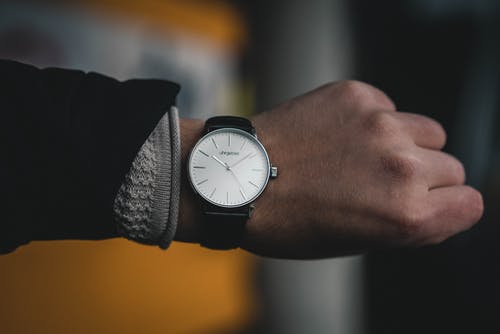How is the recording of working hours changing and what should be paid attention to?
Time recording and the distinction from labor law
Time recording reflects when the employee starts work, how many breaks he takes and from when he goes home after work. This detailed recording of attendance or objective productivity is nowadays recorded by more and more employers. Although a certain amount of time must be invested in the system at the beginning, it has many advantages for the employer. It simplifies accounting and wage calculations and provides an overview of the company’s performance. Employees also benefit from accurate time recording, in terms of wages paid, overtime or vacation days. This recording is currently still voluntary in Germany but could soon change because of a ruling by the European Court of Justice. This ruling stipulates that to protect employees and the EU Working Time Directive (2003/88/EC), companies must create a system for effective time recording.
The future of time recording
Although the German legislature has not yet introduced a law, an expert opinion has been prepared on the subject. This expert opinion states that current legislation does not meet the requirements of EU law and must be improved. The conclusion of the expert opinion is that the employer is responsible for recording working hours, but that the employer has the option of requiring the employee to do so. A record can then still be kept on paper or in electronic form.
To identify deficits in their own time recording at an early stage, employers should address the issue at an early stage so as not to be surprised by a new law.
Who is obliged to record working time?
Although there is no general obligation to record time, there are already many areas where recording is mandatory. For example, to combat undeclared work, time recording applies to marginal employees, in the construction industry, in restaurants and in logistics. Parcel delivery workers and newspaper deliverers must also record their hours worked.
The Working Hours Act also mandates the recording of Sundays and holidays, as well as working hours more than eight hours per day.
Meanwhile, another law, the Verification Act, stipulates that the employee’s working hours and compensation must be verifiable in writing. Although this is not an obligation to record, in the event of a dispute, the employer must be able to prove the actual time, as this results in a reversal of the burden of proof. This then shows that the lack of a time and attendance system that documents the times can be costly.
What data belongs to time recording and how must it be protected?
For legally compliant recording of working hours, the employer must record the daily duration, as well as the start and end of work. Legally required break times must be deducted from the total attendance, as these are not part of the working time. Documentation does not necessarily have to be made on the same day but must be completed within seven days. The recorded data must generally be kept for a period of two years. However, a period of six years is recommended, since time recording is part of payroll accounting, which has an accounting retention period of six years.
A time and attendance system can again support in this case, as it takes over the recording and documentation completely automatically.
How does time recording have to be done?
The type of time recording has been and will continue to be left up to each employer or employee. A small craft business can thus enter the times manually in the calendar and the large company can rely on an electronic time recording via time and attendance model. Mobile time recording via cell phone app is also gaining ground.
Data protection and time recording
The employer collects personal data of his employee with every single entry and exit from the system. This data may only be processed and stored in accordance with the DSGVO. Caution is required here about electronic time recording via app. These systems not only show the working time, but they are also able to create movement profiles if the location is also recorded. In this case, the employee’s consent must be obtained in advance.

